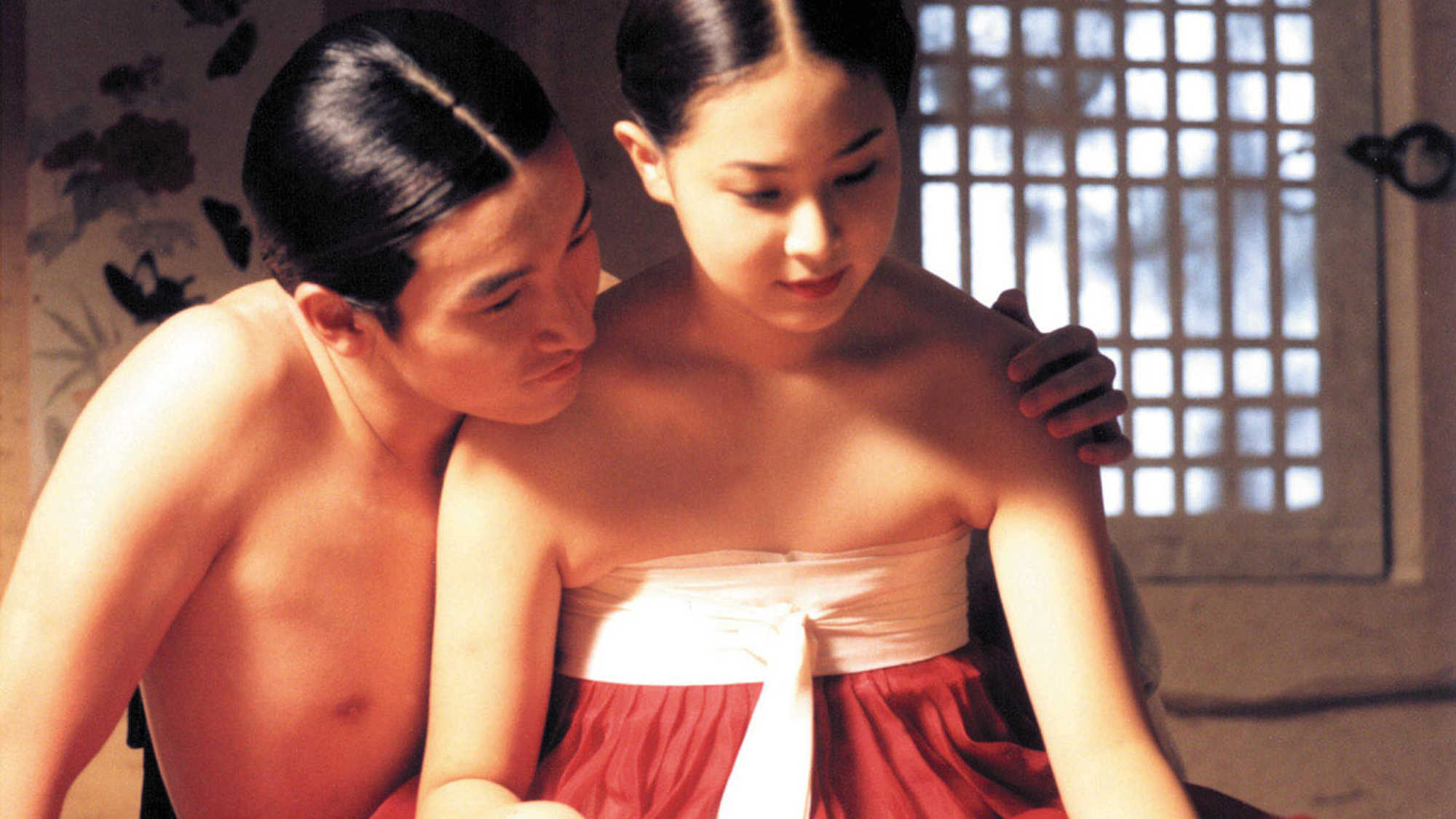
Screened as part of NZIFF 2001
Chunhyang 2000
A dazzling blend of folklore and cinema, this beautiful film draws on the traditional Korean art of pansori (sung epic poetry) to create a visual and aural extravaganza. Its oft-told tale of a governor’s son and his love of a geisha’s daughter is archetypal: the struggle of youth, beauty and intelligence against class and tyranny. The son must abandon his secret love and accompany his father to his new posting, but comes back incognito to rescue his beloved and her people from the cruelty of the new governor.
The characters register with a simple clarity: the arrogant, young, born-to-rule hero put to the test; the feisty young beauty; her mother, imbued with the duplicitous obsequiousness of her trade; the goatish retainer; the lascivious new governor.
The pansori recital of their tale is lavishly illustrated in resplendent green, gold and white. This film does not have the lived-in look of Im Kwon Taek’s earlier Soponjye (a Festival favourite which was about travelling pansori performers). Instead it has the polish and formality of a well rehearsed, cherished ritual. Often the images show us exactly what the subtitled pansori describes, but there are ample occasions when the images achieve lyrical effulgence of their own. (The tumbling lovemaking sequences are especially beguiling.) The pansori recital is dominant in the mix and it has the keening intensity of the blues. As the film progresses, it cuts back to the live performance which opens the film and incorporates the audience responses which are a key element in the tradition. — BG
Standing on a stage with a seated drummer, facing an actual contemporary audience, pansori champ Cho Sang Hyun croons, screams, barks, and yowls his way through the tragic tale – it’s like B.B. King on steroids, particularly when you consider that pansori performances can last four hours or more. Im freely cuts back to Cho and to his shout-back, dancing-in-the-aisles audience, but most often the singing serves as narration… Typically for a folk tale, there are narrative potholes… but Im’s movie approaches a seething, primitivist beauty that evokes Makhmalbaf and parallels the contrapuntal textual investigations of Resnais. (The pansori is often hollered in ironic stereo with the characters’ actual dialogue.) Less Westernized than China’s lovely but overpraised Fifth Generation products, Chunhyang reworks the idea of movies into a proto-trad modernism. — Michael Atkinson, Village Voice, 9/1/01